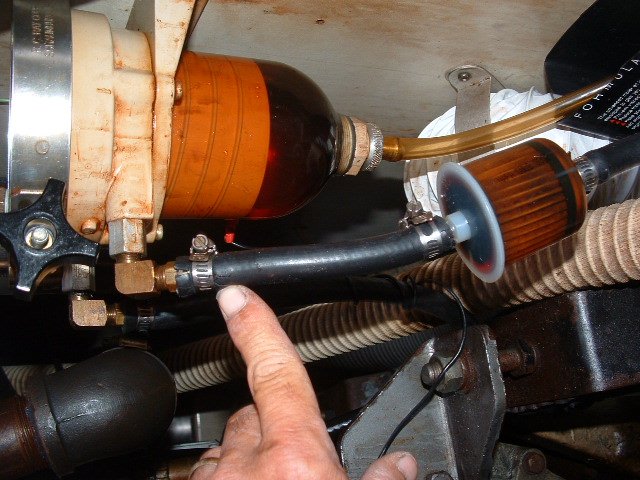How to Check the Fuel Line for Cracks

We make use of vehicles in order to travel distances which would otherwise be difficult to cover in a reasonable amount of time. The rides are important parts of one’s life and it is an important duty that the owner takes good care of them. Doing so will only help the owner in the longer run.
One of the important components of both cars and other vehicles is the fuel line. It can have certain problems which are not good for the vehicle as the fuel may not reach the engine. Checking for cracks and other issues is not too difficult a deal.
Instructions
-
1
Locate Fuel Line
Fuel line will be at a similar position but will vary with each vehicle make. The first thing that you will need to do is to locate it. It is easier to locate it on motor bikes in comparison with cars and other vehicles. You can check the manuals and they may have information about the position of the fuel line. -
2
Check for Evidence
Before examining the fuel line, see if you can find any gasoline that is on the floor or if there is a smell of fuel in the areas near the line. This will give you an idea if there has been any leakage. It is best that the vehicle is shutdown and left idle for a while before you examine. If there are cracks, you should see the dripping fuel. -
3
Examine the Fuel Line
If there is no evidence but you still think that there is a leak, physically examine the line. Make sure that you have ample light to examine the line. Look for any cracks carefully as these will not be very large generally. Also check for pinching in the fuel line as it can be a reason for the fuel not getting to the engine as well. -
4
Examine the Fuel Tank
In case you do not find a crack, do check the fuel tank. Sometimes there can be debris that chokes the fuel line. If that is present, it will need to be cleared. Also if the fuel tank is rusty, it is a good idea to get it cleaned so that there is no problem related to it in the future.







